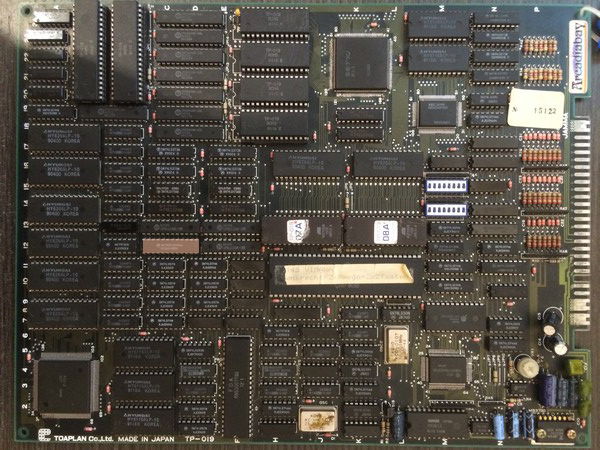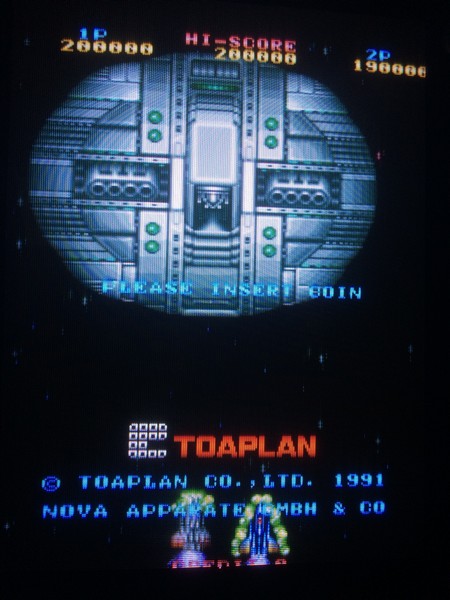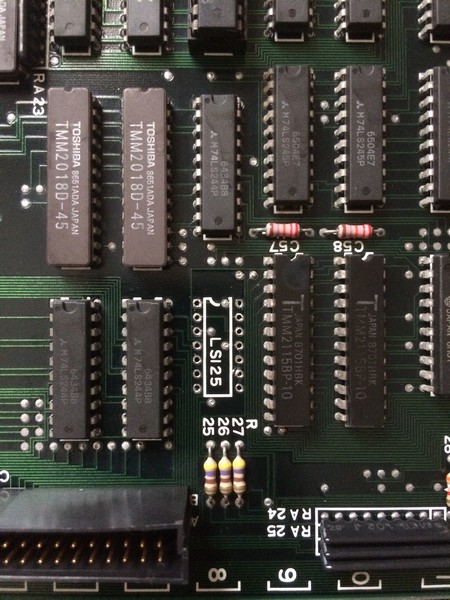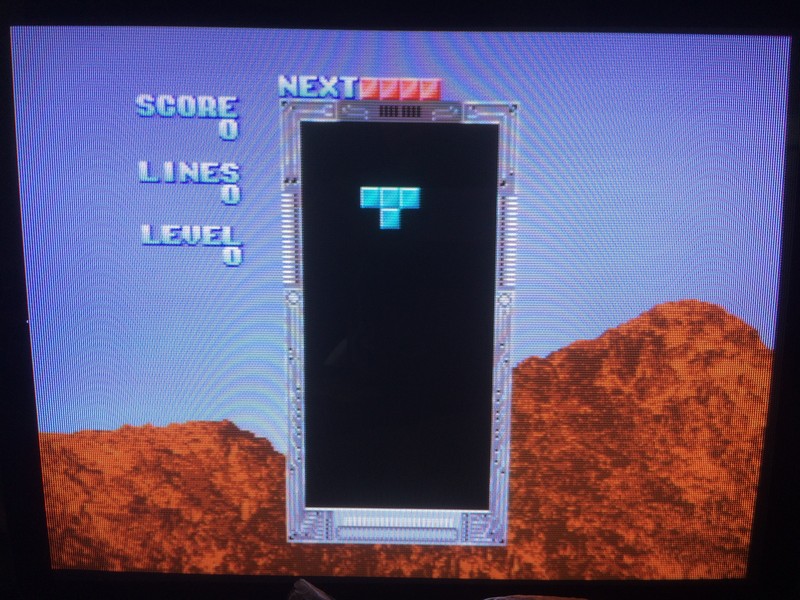I recently bought myself a Hi-Lo ALL-11 programmer. This unit uses the original ALL-LAB base unit to connect to the outside world and also as a power supply.
Inside there are four PALCE16V8 chip. Three of them are already dumped and are out in the wild HERE
The one at U9 is registered and there cannot be recreated using our usual methods. I suspect this is also why it hasn’t been dumped before.
As the device is a PALCE there is a good chance I could reset the security fuse using my Runfei programmer. This was successful and I was able to read out the fusemap without any issues.
The registered part looks like a 4 bit binary counter and the equations show that too so I am going to mark this as ‘Assumed Working’ for now. I haven’t tested as I really wanted to get the programmer back together for some playing around with.
All the ALL-LAB PAL’s are now dumped and a copy has also been sent to the site above for inclusion.









